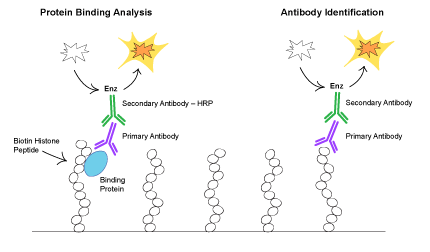
All replication-dependent histone genes are intronless, and they encode mRNAs that lack a poly(A) tail, ending instead in a conserved stem-loop sequence. In mouse, the Hist1, Hist2, and Hist3 gene clusters are located on chromosomes 13A2-A3, 3F1-F2, and 11B2, respectively. Two other histone gene clusters, HIST2 and HIST3, are located on chromosomes 1q21 and 1q42, respectively, and each contains at least 1 replication-dependent H3 histone gene. Most replication-dependent H3 histone genes, as well as other core histone genes, are located within histone gene cluster-1 (HIST1) on chromosome 6p22-p21. In contrast, replication-independent histones, or replacement variant histones, such as H3F3A ( 601128) and H3F3B ( 601058), can be expressed throughout the cell cycle. Replication-dependent histones, such as HIST1H3A through HIST1H3J ( 602817), HIST2H3C ( 142780), and HIST3H3 ( 602820) are mainly expressed during S phase. Like other histones, H3 histones can be subgrouped according to their temporal expression. (2012)).įor additional background information on histones, histone gene clusters, and the H3 histone family, see GENE FAMILY below.

HIST1H3A is a core histone H3 (summary by Marzluff et al. The ability of histones to regulate chromatin dynamics primarily originates from various posttranslational modifications carried out by histone-modifying enzymes. In addition to their role in DNA compartmentalization, histones also play crucial roles in various biologic processes, including gene expression and regulation, DNA repair, chromatin condensation, cell cycle progression, chromosome segregation, and apoptosis. Histone H1 binds the linker DNA between nucleosomes, thereby increasing the overall stability of chromatin by forming higher order structures. Nucleosomes are the fundamental unit of chromatin. Two full turns of eukaryotic DNA are tightly packaged and ordered in nucleosomes, which consist of an octamer formed by 2 each of the core histones. The histone family contains the core histones H2A (see 613499), H2B (see 609904), H3, and H4 (see 602822) and the linker histone H1 (see 142709). Histones are small, highly basic proteins that consist of a globular domain with unstructured N- and C-terminal tails protruding from the main structure.


 0 kommentar(er)
0 kommentar(er)
